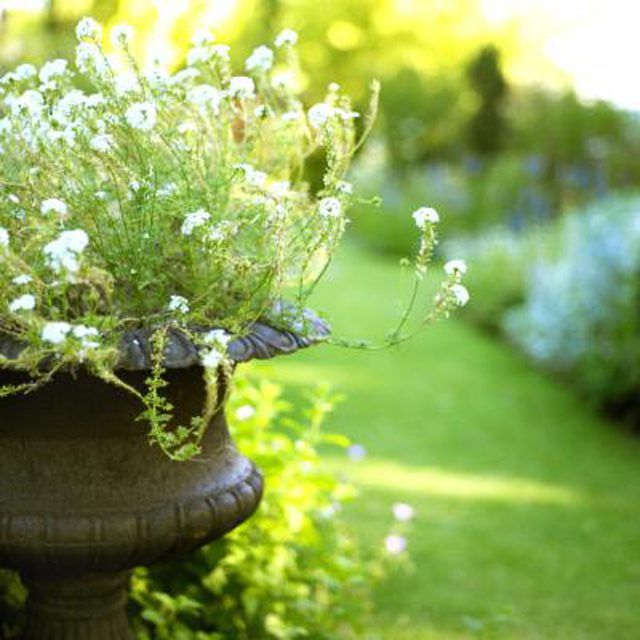Bulbs
Flower Basics
Flower Beds & Specialty Gardens
Flower Garden
Garden Furniture
Garden Gnomes
Garden Seeds
Garden Sheds
Garden Statues
Garden Tools & Supplies
Gardening Basics
Green & Organic
Groundcovers & Vines
Growing Annuals
Growing Basil
Growing Beans
Growing Berries
Growing Blueberries
Growing Cactus
Growing Corn
Growing Cotton
Growing Edibles
Growing Flowers
Growing Garlic
Growing Grapes
Growing Grass
Growing Herbs
Growing Jasmine
Growing Mint
Growing Mushrooms
Orchids
Growing Peanuts
Growing Perennials
Growing Plants
Growing Rosemary
Growing Roses
Growing Strawberries
Growing Sunflowers
Growing Thyme
Growing Tomatoes
Growing Tulips
Growing Vegetables
Herb Basics
Herb Garden
Indoor Growing
Landscaping Basics
Landscaping Patios
Landscaping Plants
Landscaping Shrubs
Landscaping Trees
Landscaping Walks & Pathways
Lawn Basics
Lawn Maintenance
Lawn Mowers
Lawn Ornaments
Lawn Planting
Lawn Tools
Outdoor Growing
Overall Landscape Planning
Pests, Weeds & Problems
Plant Basics
Rock Garden
Rose Garden
Shrubs
Soil
Specialty Gardens
Trees
Vegetable Garden
Yard Maintenance
How to Protect Your Early Spring Garden from a Late Snowstorm
How to Protect Your Early Spring Garden from a Late Snowstorm. A late snowstorm can wreak havoc on unprotected, early-spring plants. Even after the weather warms, a snowstorm still can come out of nowhere. If you aren't prepared, the freezing temperatures, winds and heavy snow can cause major damage to your garden. In addition to mulch, a few...

A late snowstorm can wreak havoc on unprotected, early-spring plants. Even after the weather warms, a snowstorm still can come out of nowhere. If you aren't prepared, the freezing temperatures, winds and heavy snow can cause major damage to your garden. In addition to mulch, a few household items can protect your plants from a snowstorm. Although they may not provide complete protection from cold temperatures, they'll keep the weight of snow and ice off your plants, giving them a better shot to make it through the storm.
Things You'll Need
Straw or wood-chip mulch
Bed sheets
Burlap
Blankets
Bricks or stones
Stakes
Clay pots
Buckets
Large garbage cans
Apply a 2- to 3-inch thick layer of straw or wood-chip mulch around, but not touching, the base of each plant. Keep the mulch about 2 inches from the base of each plant. It shouldn't touch their leaves or stems. The mulch protects roots and maintains soil temperature.
Take potted plants indoors to an unheated area. A garage, covered patio or basement are ideal places to keep the plants until the snow melts.
Cover large plants with a few layers of bed sheets. burlap and/or blankets. Weight the corners of the coverings with bricks or stones. Place a stake underneath each set of coverings and into the soil so the coverings do not resting directly on the plants.
Cover small plants with upside-down clay pots, buckets and/or large garbage cans. Weight those items with bricks or stones.
Tips & Warnings
Remove all coverings, including the mulch, after the snow melts.